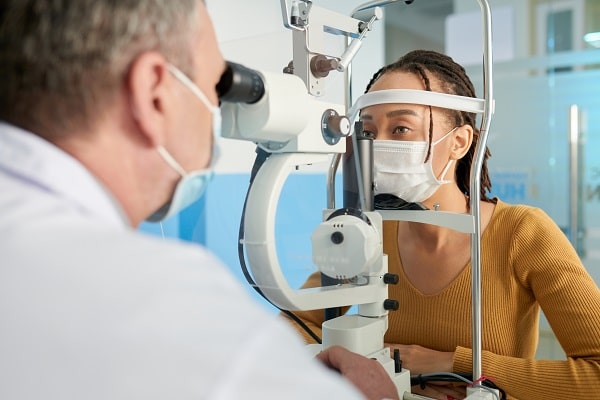Can Cataracts Return After Surgery? Understanding the Facts

Cataracts are a clouding of the lens in the eye that affects vision. The most effective treatment for cataracts is surgery. Modesto cataract surgery involves removing the cloudy lens and replacing it with an artificial lens called an intraocular lens (IOL). However, some people may experience cloudiness or vision problems after cataract surgery, leading them to wonder if cataracts can come back after surgery.
This article will help provide useful insight into your query, in addition to exploring secondary cataracts.
Can cataracts come back after surgery?

The answer is no, cataracts cannot come back after surgery. During cataract surgery, the cloudy natural lens is removed and replaced with an artificial lens. The original cataract is removed, and it will not grow back. However, some people may experience secondary cataracts, also known as posterior capsular opacification, after cataract surgery.
What are secondary cataracts?
Secondary cataracts occur when the posterior capsule, a membrane that protects the lens, becomes cloudy. This can happen weeks, months, or even years after cataract surgery. Secondary cataracts can cause similar symptoms to the original cataract, including cloudy vision, double vision, and sensitivity to light.
However, secondary cataracts are not the same as the original cataracts. They are a complication of cataract surgery and can be treated with a simple laser procedure called a laser capsulotomy. During this procedure, a laser is used to remove the cloudy posterior capsule and restore vision.
What causes secondary cataracts?
The exact cause of secondary cataracts is not known, but several factors can increase the risk of developing them. These include:
- Age: The risk of secondary cataracts increases with age.
- Diabetes: People with diabetes are at higher risk of developing secondary cataracts.
- Inflammation: Inflammation in the eye can increase the risk of secondary cataracts.
- Injury: Injury to the eye can increase the risk of secondary cataracts.
What are the symptoms of secondary cataracts?
The symptoms of secondary cataracts are similar to those of the original cataract and can include:
- Cloudy vision
- Double vision
- Sensitivity to light
- Difficulty seeing at night
- Difficulty seeing colors
How is a secondary cataract treated?
Secondary cataracts can be treated with a laser capsulotomy. This is a simple procedure that uses a laser to remove the cloudy posterior capsule and restore vision. The procedure is usually painless and takes only a few minutes to perform.
Can your vision change after cataract surgery?
In most cases, cataract surgery helps restore normal vision. Cloudy or blurry vision may occur immediately after surgery due to swelling, but regular vision should return within 4–6 weeks following cataract surgery.
Can you have cataract surgery twice in the same eye?
During cataract surgery, the affected lens is replaced with an artificial lens. As the original lens is replaced, the original cataract will not come back, meaning cataract surgery for that cataract is only necessary once. However, some individuals may develop secondary cataracts following cataract surgery, which can be removed with a simple laser technique
How many years does cataract surgery last?
The artificial lens inserted during cataract surgery can last a lifetime. Up to 95% of people who undergo cataract surgery experience improved vision that can last for many years.















